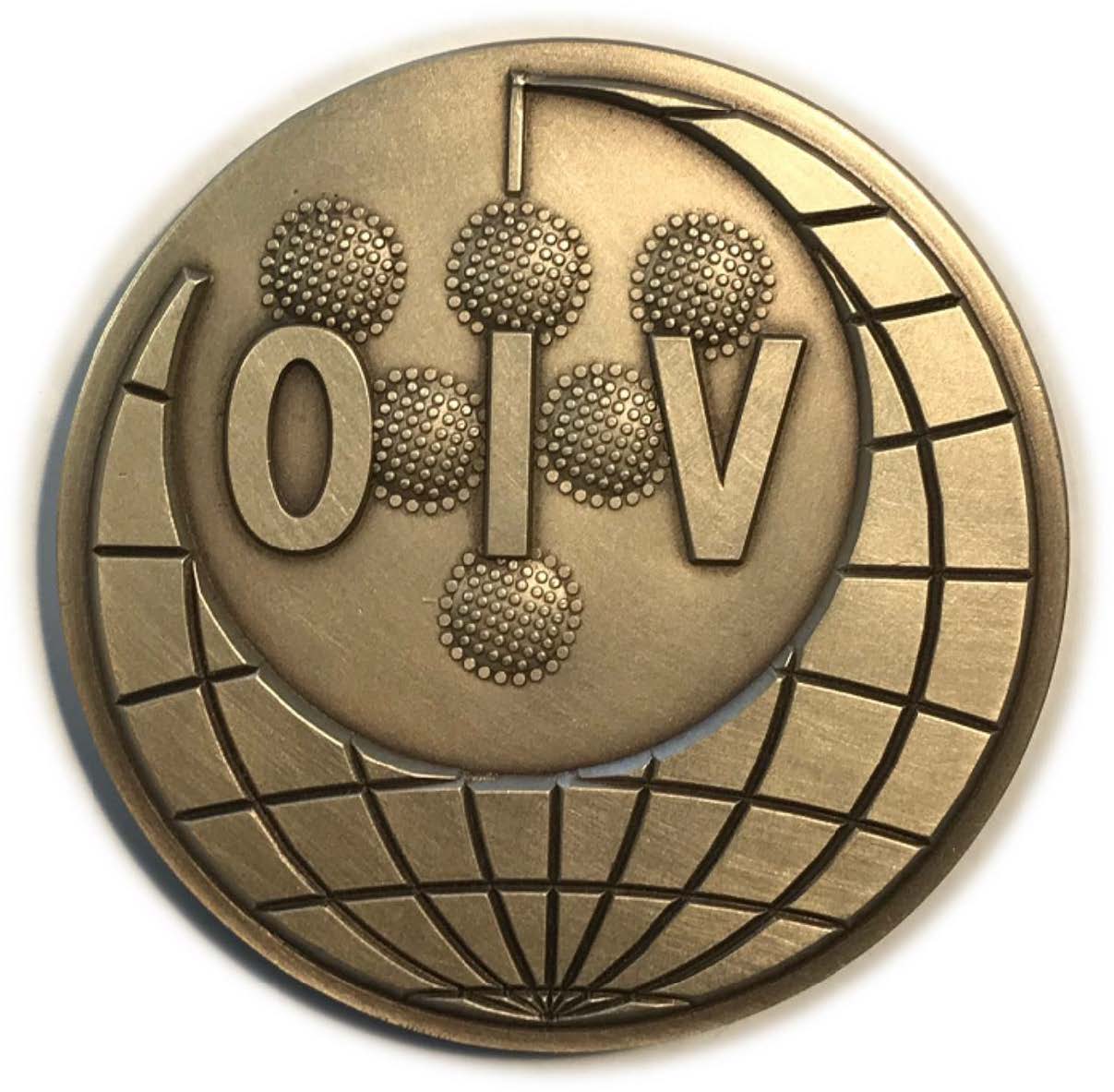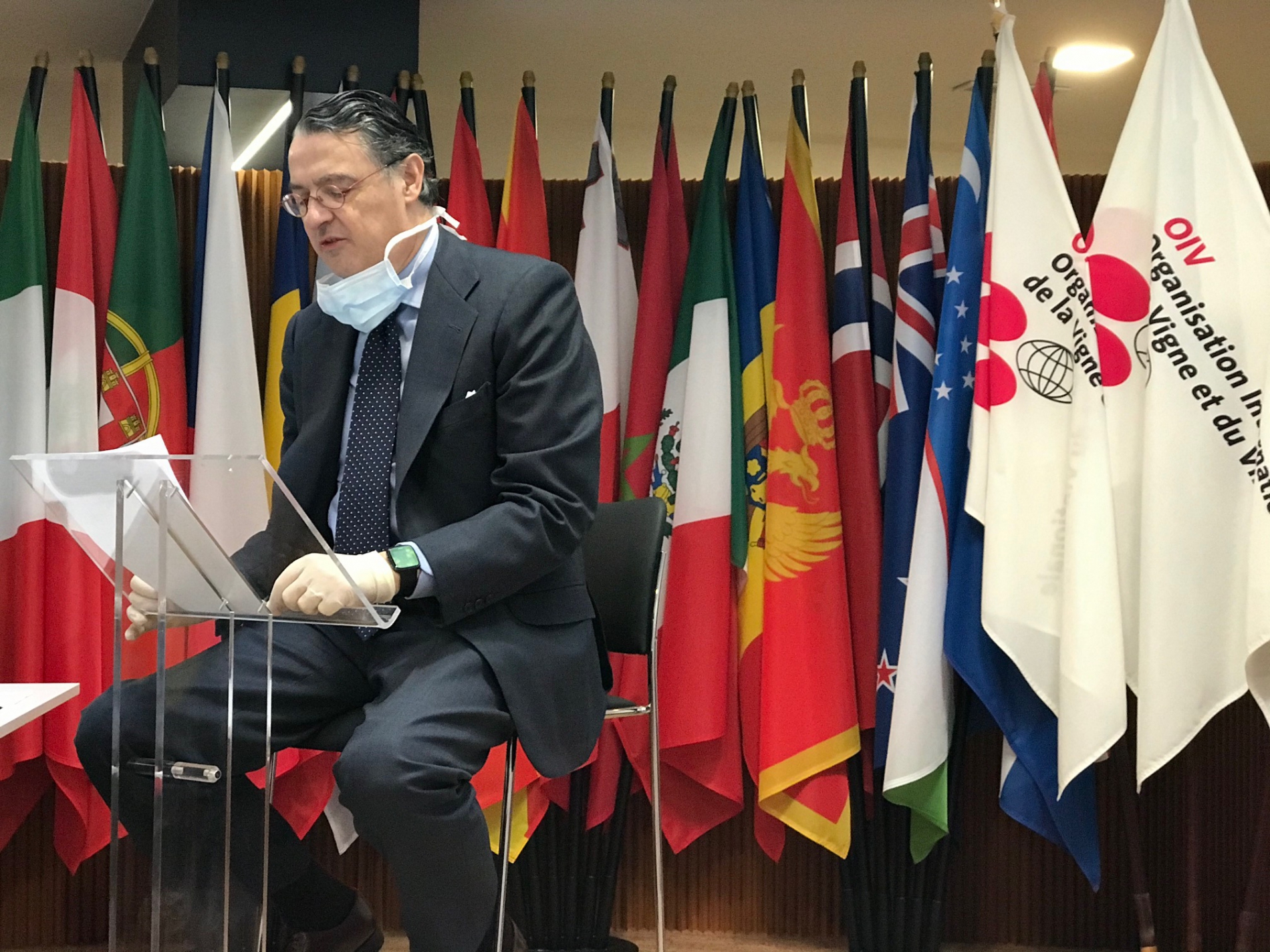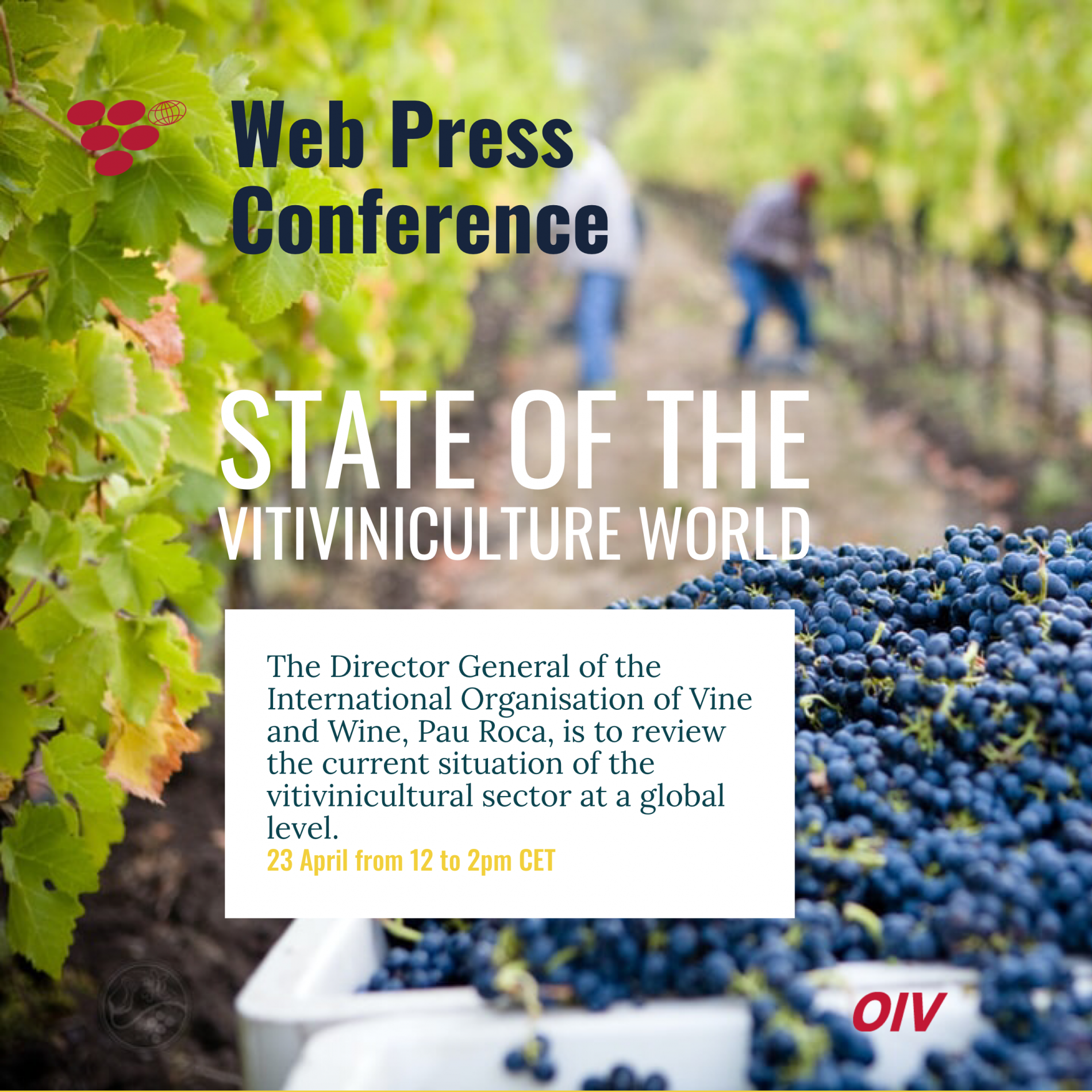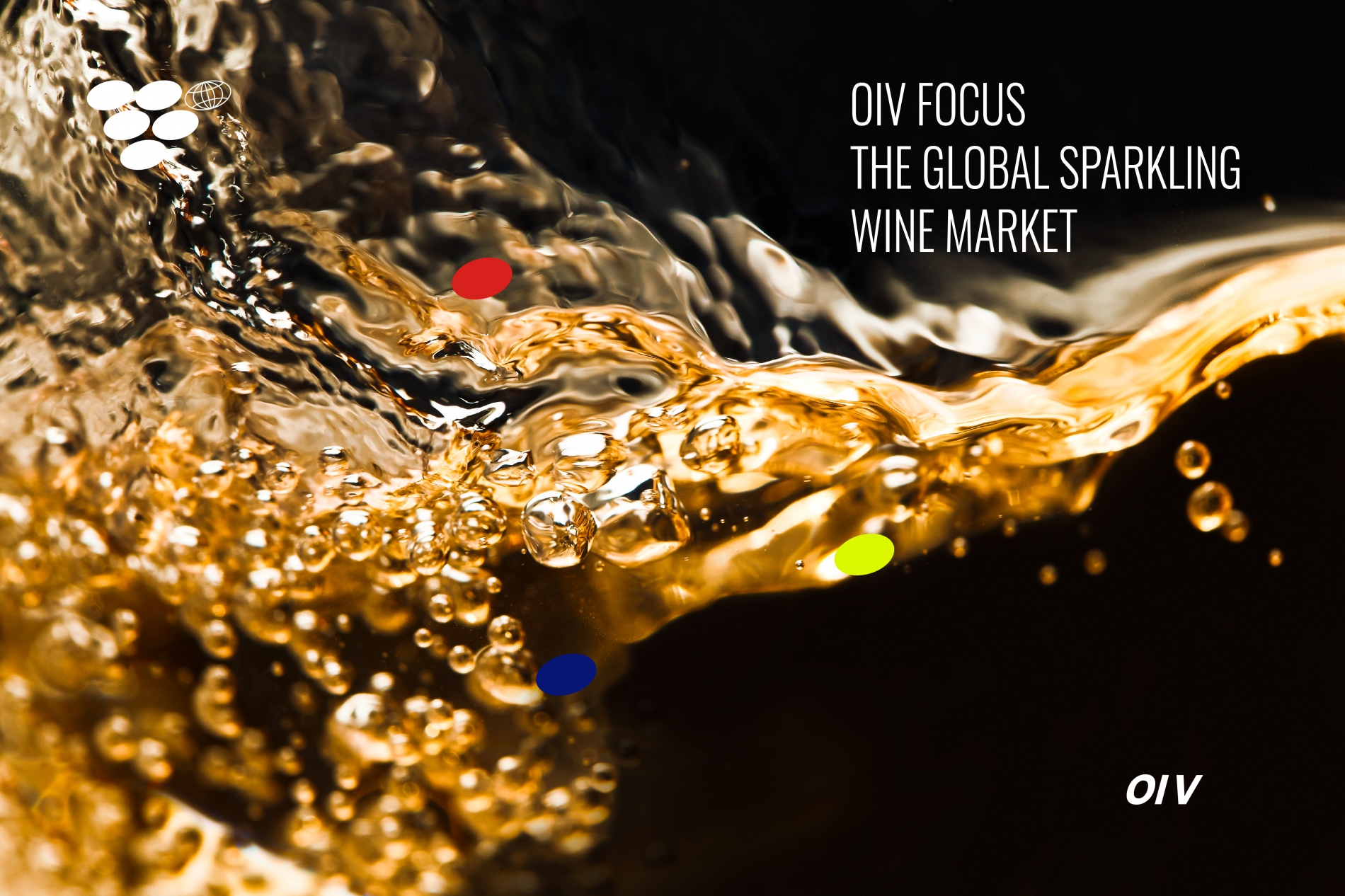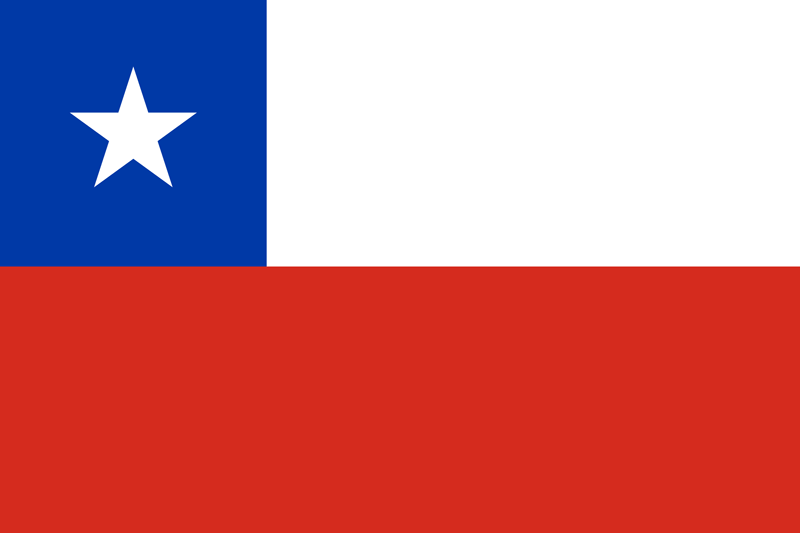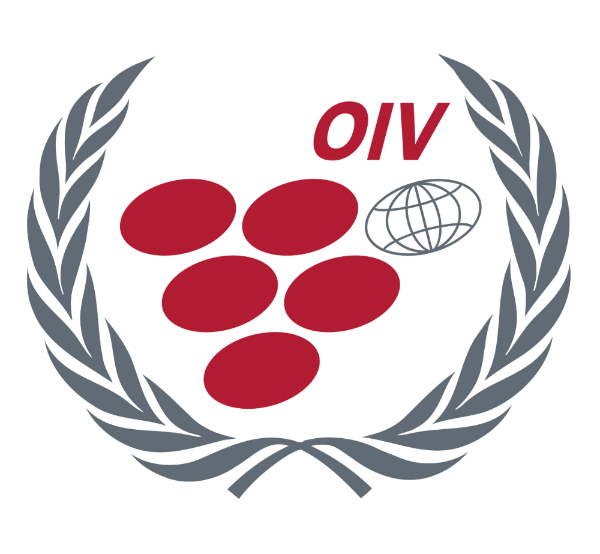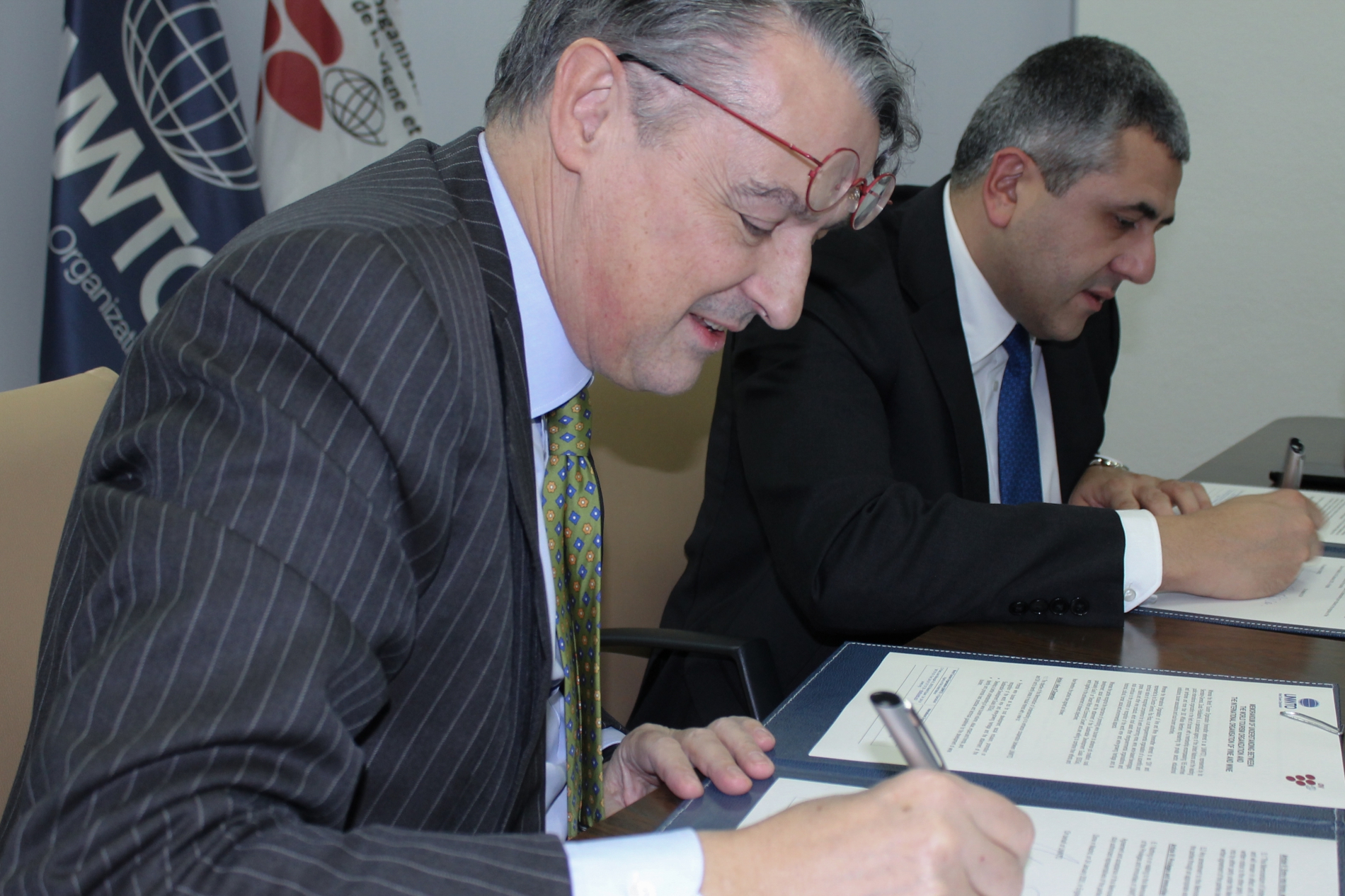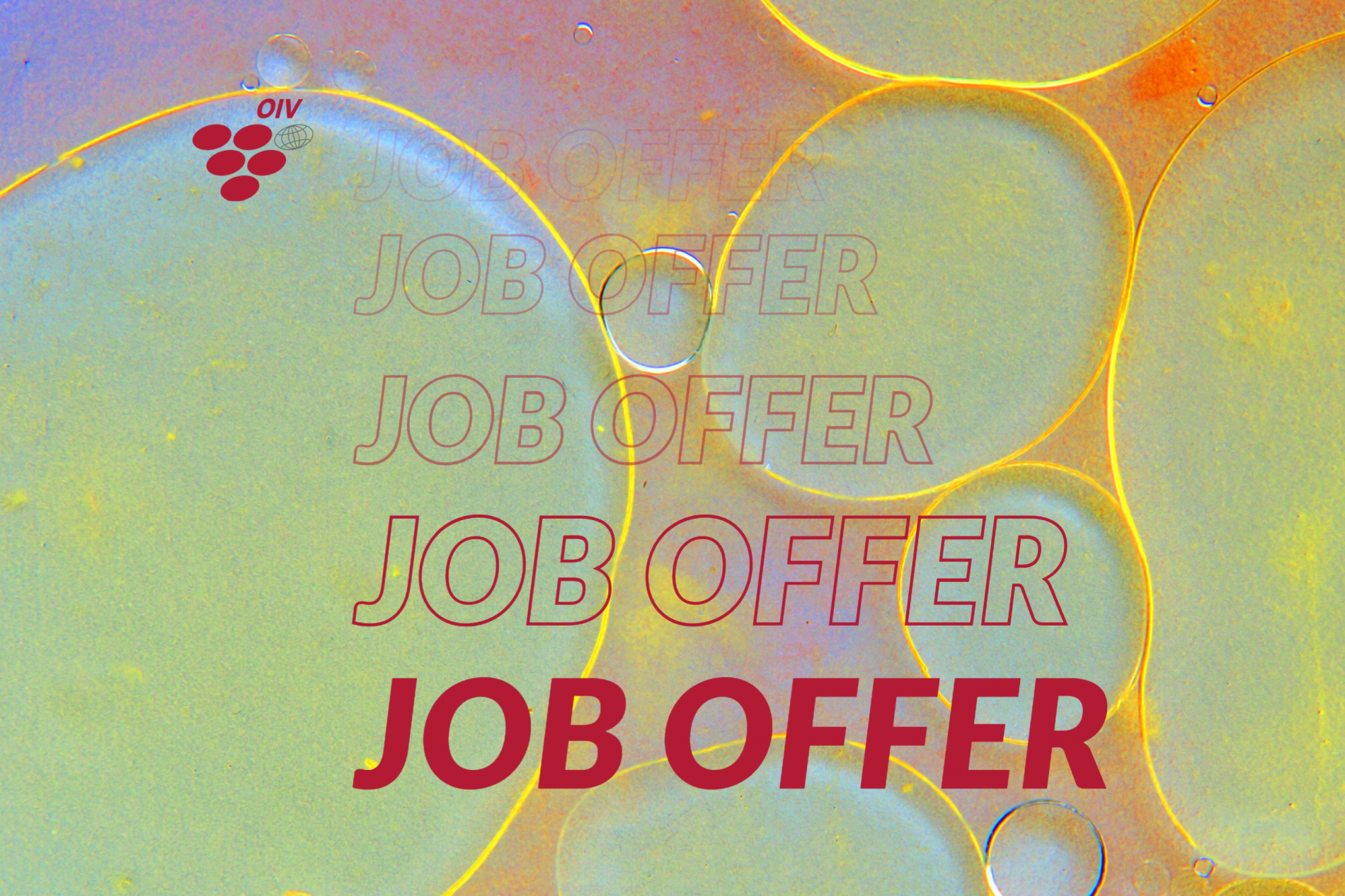03 Май 2020
At the time of their creation in 1930, the « Award of the International Wine Office » is concerned with rewarding 3 different categories of publications, by allocating sum of money for the purposes of encouraging research. 1°) « the study of issues concerning wine chemistry and oenology »2°) « the best original work on a process for detecting the addition of sugar to must or wine » 3°) « the best works concerning wine ».Read full articleArticle I
21 апр 2020
- The surface area of the world vineyard is estimated at 7.4 mha, stable since 2016
- World wine production, excluding juices and musts, in 2019 is estimated at 260 mhl, a marked decrease, compared to the historically high 2018 production
- After the slight decline in world wine consumption registered in 2018, world wine consumption in 2019 is estimated at 244 mhl, marking a +0.1% with respect to the previous year
- In 2019 the world wine export market has expanded with respect to 2018 both in volume, estimated at 105.8 mhl (+1.7%), and in value with 31.8 bn EUR (+0.9%)
- First estimates of wine production in the southern hemisphere indicate low expected volumes for 2020 for the majority of countries, with the exception of South Africa and Uruguay
19 апр 2020
The Director General of the OIV invites you to :A live webcast press conference, available with simultaneous interpreting into English, French, Spanish, Italian and German. Thursday, 23 AprilFrom 12 to 2PM.To follow the web conference, please click on this link: https://live.kudoway.com/br/110113476848 Useful information: Join the meeting via computer:•You must be on Google Chrome or Firefox•Have your headset with microphone ready•When the time comes, join the meeting by clicking on this link: https://live.kudoway.com/br/110113476848 Join the meeting via smartphone:•Download the KUDO app: App Store, Play Store•Have your headset with microphone ready•When the time comes, open the KUDO app, click 'join with session ID' and join the meeting by entering the following session ID: 110113476848
15 апр 2020
Data on 82 countries over the period 2002-2018 was examined in this study, designed to analyse sparkling wine production and consumption at both world and country level as well as to study international trade dynamics.“The global sparkling wine market OIV Focus” is an update of the 2014 focus. In the last twenty years, the sparkling wine market has expanded at a fast pace in response to high global demand. In 2018 world sparkling wine production reached 20 mhl for the first time, with an overall increase of +57% since 2002.Consult: “The global sparkling wine market OIV Focus”A global overview of recent evolutions in sparkling wine sector
13 апр 2020
On April 9th Director-Generals of the Food and Agricultural Organisation (FAO), Mr Qu Dongyu, in Rome and of the International Organisation of Vine and Wine (OIV), Mr Pau Roca, in Paris, met online in order to comply with general lock-down rules. During this bilateral meeting, the two intergovernmental organisations discussed ways to facilitate closer cooperation. This close cooperation has been maintained in a number of areas of complementary activities such as health, trade and statistics.Indeed, the OIV and the FAO have been working together in the development of appropriate standards for vine and grape products and of limits ( contaminants, residues,..) to protect consumer health and to ensure fair practice in food trade, recognising OIV as an observer in the Codex Alimentarius Commission. The OIV wishes to deepen the excellent cooperation within FAO on safety and quality. Looking to the future, they discussed how to strengthen collaboration between the different Departments of both organisations. Read full press release
04 мар 2020
In the current circumstances, accordingly with the Steering Committee, and under the precaution principles applicable in these situations, I regret very much to inform you that, the OIV Spring meetings scheduled from 24 March to 3 April 2020 in Paris, France are cancelled and will be postponed.Due to the availability of rooms, the tentative agenda will be to have Sub-Commission of Methods of analysis from 3 to 5 of June, and Commission Enology meetings from 6 to 11 of June, in ParisThe other meetings will be held from 15th to 24th of July 2020 also in Paris.A more detailed agenda will be sent very soon.
02 фев 2020
After highlighting the intergovernmental, scientific and technical nature of the OIV and its role in facilitating international trade, Chile, one of the Organisation’s 47 Member Countries, has just amended its vitivinicultural regulations to take into account some of the OIV’s recommendations.On 24 December 2019, the Chilean government promulgated a new Decree No. 9 amending Decree No. 78 of 1986 of the Ministry of Agriculture. The purpose of the original Decree was to enact the regulations of Act No. 18.455, which sets out rules for the production, preparation and commercialisation of ethyl alcohols, alcoholic beverages and vinegars. Some modalities of the application of the Decree are specified in resolution 826/2020 of the Ministry of Agriculture published on January 30, 2020The new Decree, which entered into force on 1 January 2020, reiterates that some oenological practices, which have been developed and recommended by the OIV, offer significant technological advances for wine production and foster the increased competitiveness of wines in international trade. It refers to the treatment with potassium polyaspartate in wine, treatment with glutathione (musts / wines), and treatment with selective plant fibres to reduce levels of ochratoxin A or phytosanitary products. Resolution 826/2020 introduces strict requirements regarding obligation for companies to keep registers with dates and volumes of the treatments carried out under the responsibility of an oenologist, as well as declaration to the Control department of the Ministry on the amount of water used and the level of reduction which must not lead to less than 23.5 ° Brix the treated must.This update to Chile's regulations demonstrates the importance of integrating OIV standards into national or supranational regulations, in order to reduce technical barriers to trade.Decree No. 9’s provisions on water useChile’s new Decree modifies some of the previous provisions regarding the use of water in wine production. The addition of water has thus become an authorised practice, under certain conditions, for the reduction of the sugar content in musts with Brix levels over 23.5. This practice is not, however, permitted by the OIV.The Chilean regulations stipulate that water may also be used during winemaking to solubilise additives and rehydrate fermentation yeasts. The volume of must cannot be increased by more than 2% of the initial volume. In reducing this from 5% to 2%, the use of water for cleaning of pressing equipment has been eliminated with this Decree, since this cleaning procedure is no longer considered a winemaking practice.However, water may be used during winemaking to dissolve additives and oenological products. The volume after these treatments cannot have been increased by more than 1.5% of the initial volume of wine (the previous limit was 2%).In view of the disparities among different national regulations with regard to water use, which may lead to trade problems, the OIV has been called upon to find a solution to this issue in the interests of harmonisation.
02 фев 2020
For any question: jurydesprix@oiv.int2 submission forms: here or jurydesprix@oiv.int
- Paper printed books with PDF / EBook in the 11 categories.
- Interactive digital tool (E-learning, Website…) in the categories: Viticulture and Sustainable Vitiviniculture, Oenology, Vitivinicultural Economy and Law, History, Litterature and Fine Arts, Wine and Health.
27 янв 2020
In line with the new Strategic Plan 2020-2024, the Director General of the International Organisation of Vine and Wine (OIV), Pau Roca, has signed a Memorandum of Understanding (MoU) with the Secretary-General of the World Tourism Organization (UNWTO), Zurab Pololikashvili, with the objective of promoting wine tourism at the global level. The two intergovernmental organisations met on 24 January at the UNWTO headquarters in Madrid, Spain, to sign this agreement in principle, seeking to give impetus to guidelines and concrete actions designed to foster wine tourism. Pau Roca considers that “this joint work will make it possible to carry out the axes of the Strategic Plan of the OIV and its goals, and at the same time achieve 13 of the 17 Sustainable Development Goals (SDGs) of the United Nations”. The OIV Strategic Plan specifically makes reference to the need to “encourage and participate in the development of wine tourism, viticultural landscape and terroirs, highlighting their importance for society”.Read press release
21 янв 2020
We are looking for a person with a strong academic background in data science in order to sustain our team and the experts in the digital objectives of the Strategic Plan.Find here the job offer
